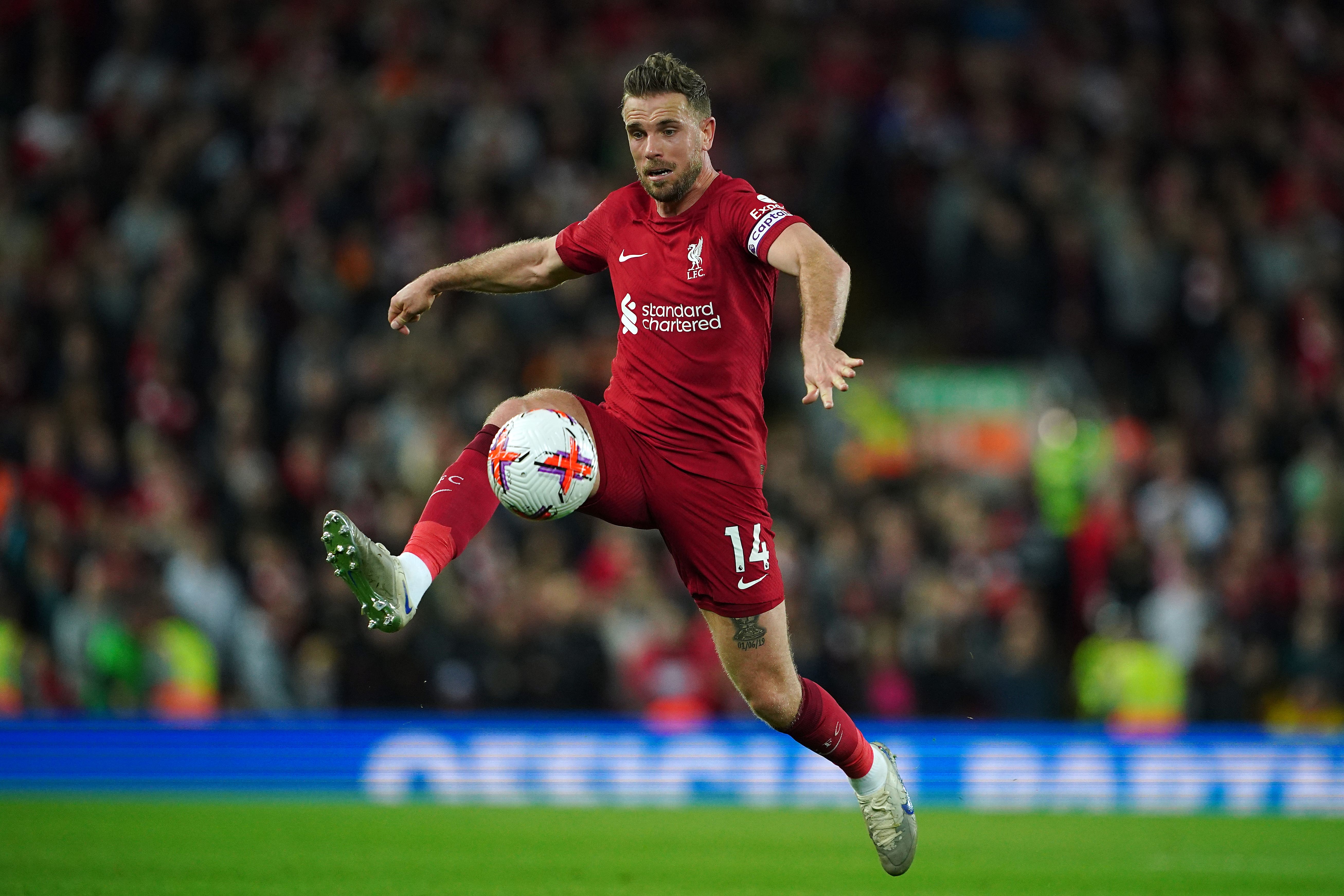
Number 8 in Modern Football embodies the versatility of a central midfielder, engaging in both offensive and defensive duties. While traditionally operating as a box-to-box player, the modern interpretation of this role integrates nuanced support play within the inner channels, promoting controlled gameplay over relentless end-to-end action.
Number 8 in Modern Football: tough position…
Essentially, the number eight position demands significant dynamism, contributing actively to both attacking and defensive phases of the game. This pivotal role can manifest within various formations, whether as part of a central-midfield duo, a midfield trio, or positioned off-center in a diamond formation behind a number 10.
Originating from historical shirt numbering conventions, the term ‘number eight’ initially denoted the inside-right position in formations like the 2-3-5. As tactics evolved and formations shifted towards a back-four structure, the number eight shirt transitioned to signify one of the central midfielders in formations like the 4-4-2 or 4-3-3.
When in possession, the responsibilities of a number 8 in modern football entail orchestrating play through the midfield, facilitating fluid transitions from defense to attack, and bridging the team’s right and left flanks. Their strategic movements involve exploiting spaces between opposition defenders, making incisive forward runs to support the attack, and providing crucial link-up play with forwards.
Conversely, in defensive situations, the number eight is tasked with tracking central runs, shielding the defense, and executing aggressive counter-pressing when necessary. Whether operating in pairs or within a midfield trio, their defensive duties extend to maintaining compactness, intercepting passes, and disrupting the opponent’s build-up play.

In the realm of modern football, notable players exemplifying the prowess of the number eight role include Toni Kroos (retired) and Luka Modric of Real Madrid, alongside Jordan Henderson of Ajax ( ex-Liverpool). These players showcase exceptional technical abilities, tactical intelligence, and relentless work ethic, epitomizing the essence of the modern-day number eight.
Number eight in Modern Football: balance between offensive and defensive roles
While the number eight role offers significant tactical advantages, such as driving attacking momentum and creating numerical overloads in midfield, it also presents challenges. The demanding physical requirements and the need for high technical proficiency underscore the potential drawbacks, as insufficient quality or fitness could hinder team effectiveness.
Furthermore, the instinctive forward runs characteristic of number 8 may leave defensive vulnerabilities, particularly in transitions. Thus, maintaining balance between offensive contributions and defensive responsibilities remains paramount for optimal performance in the dynamic role of the number eight.








